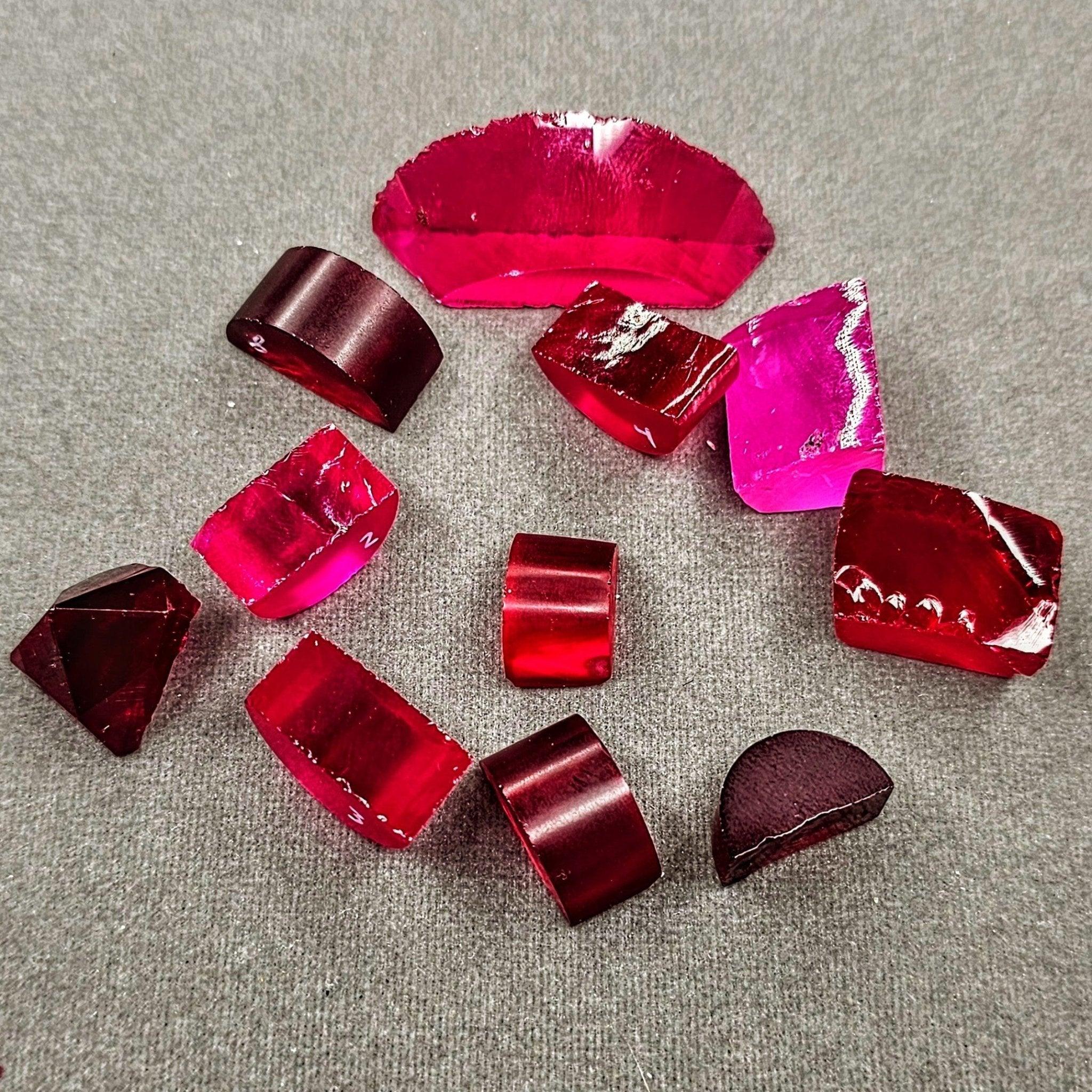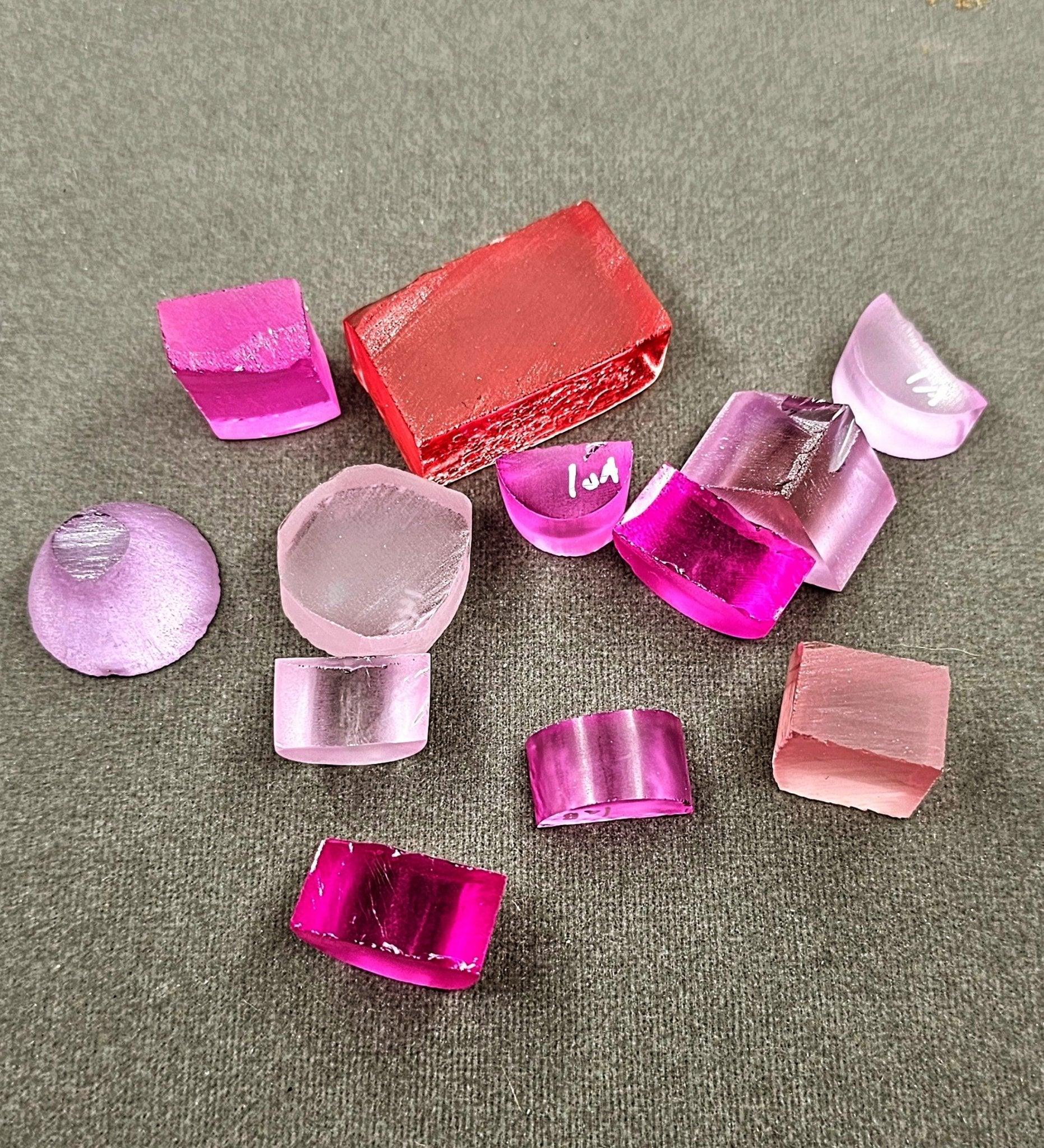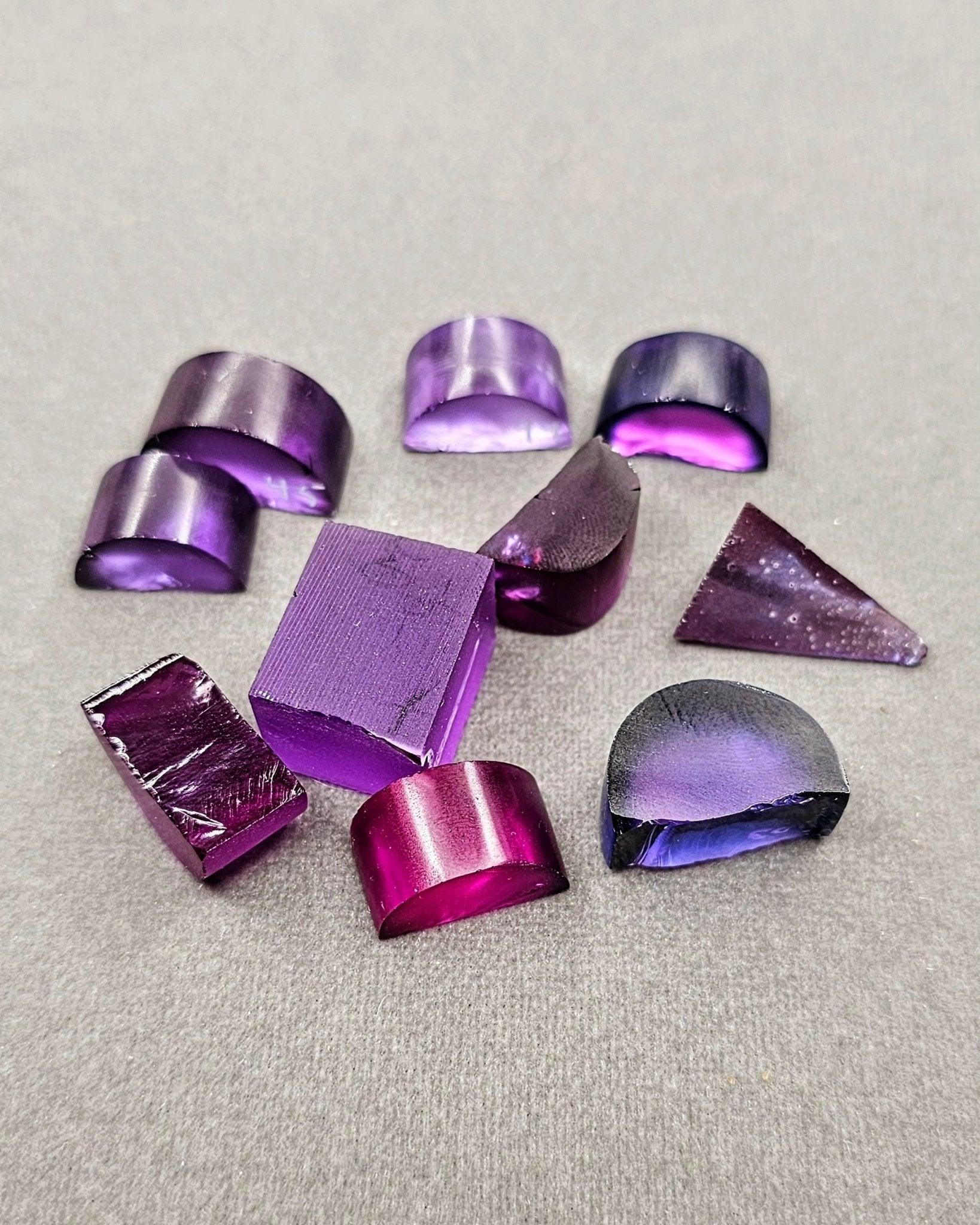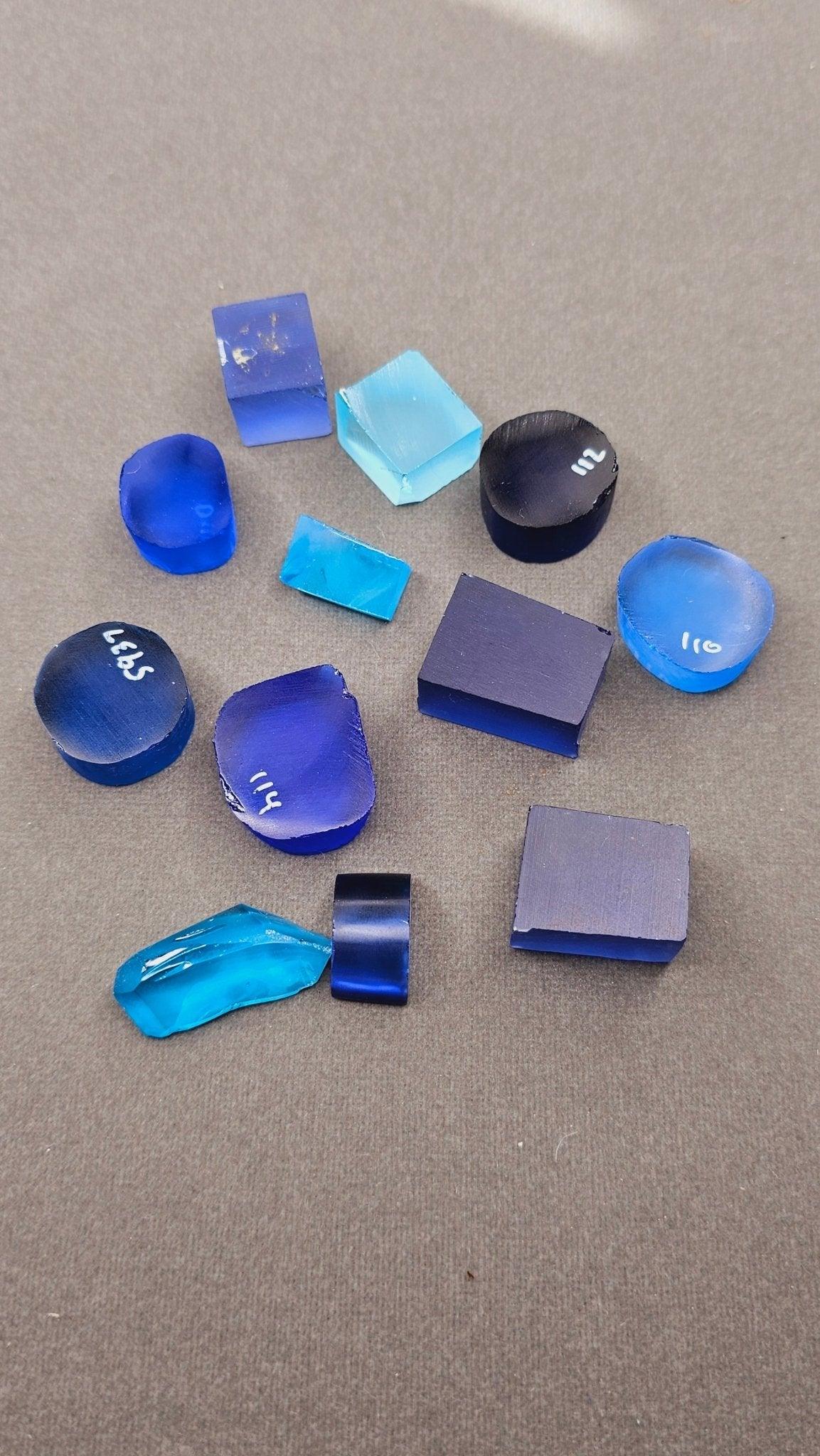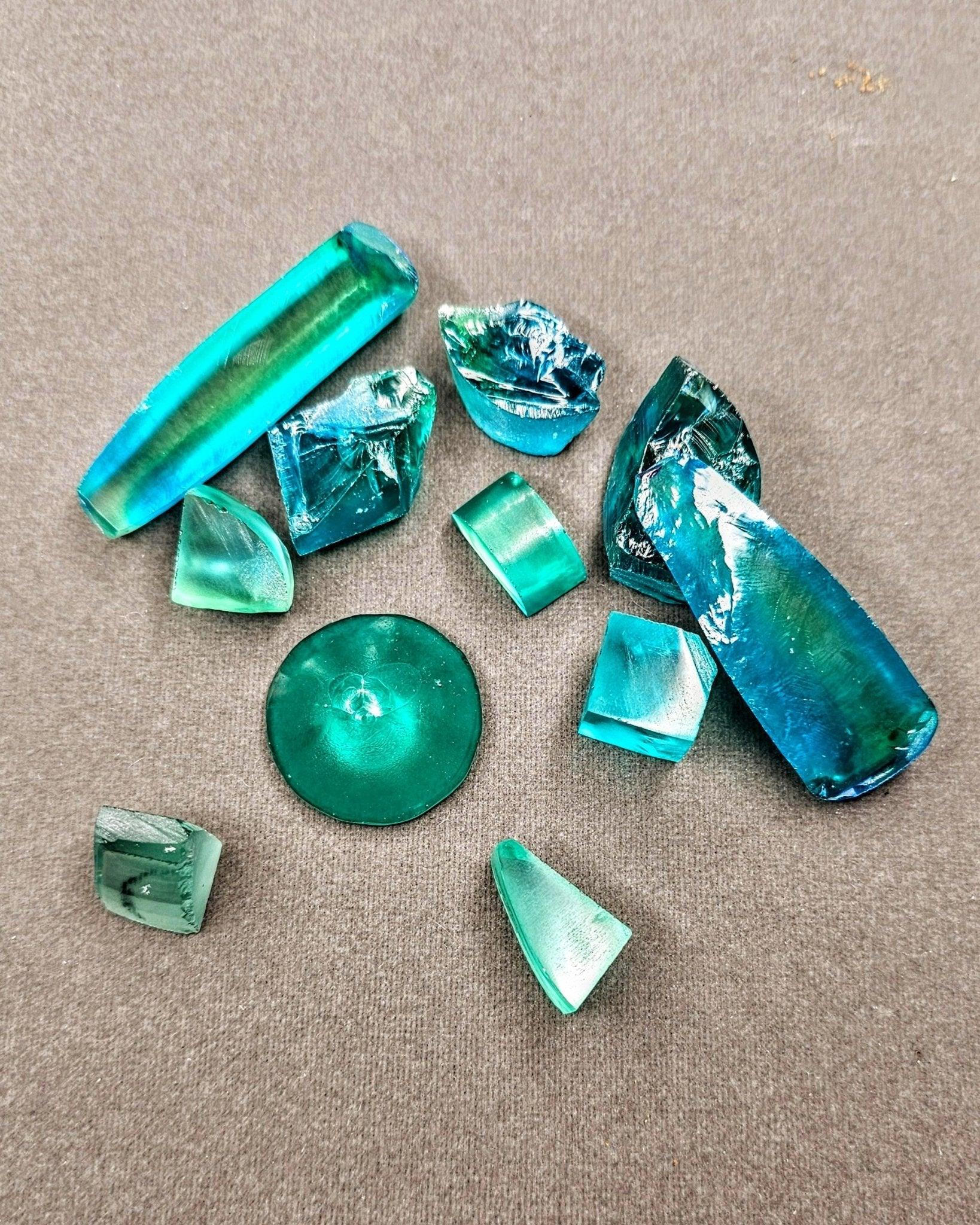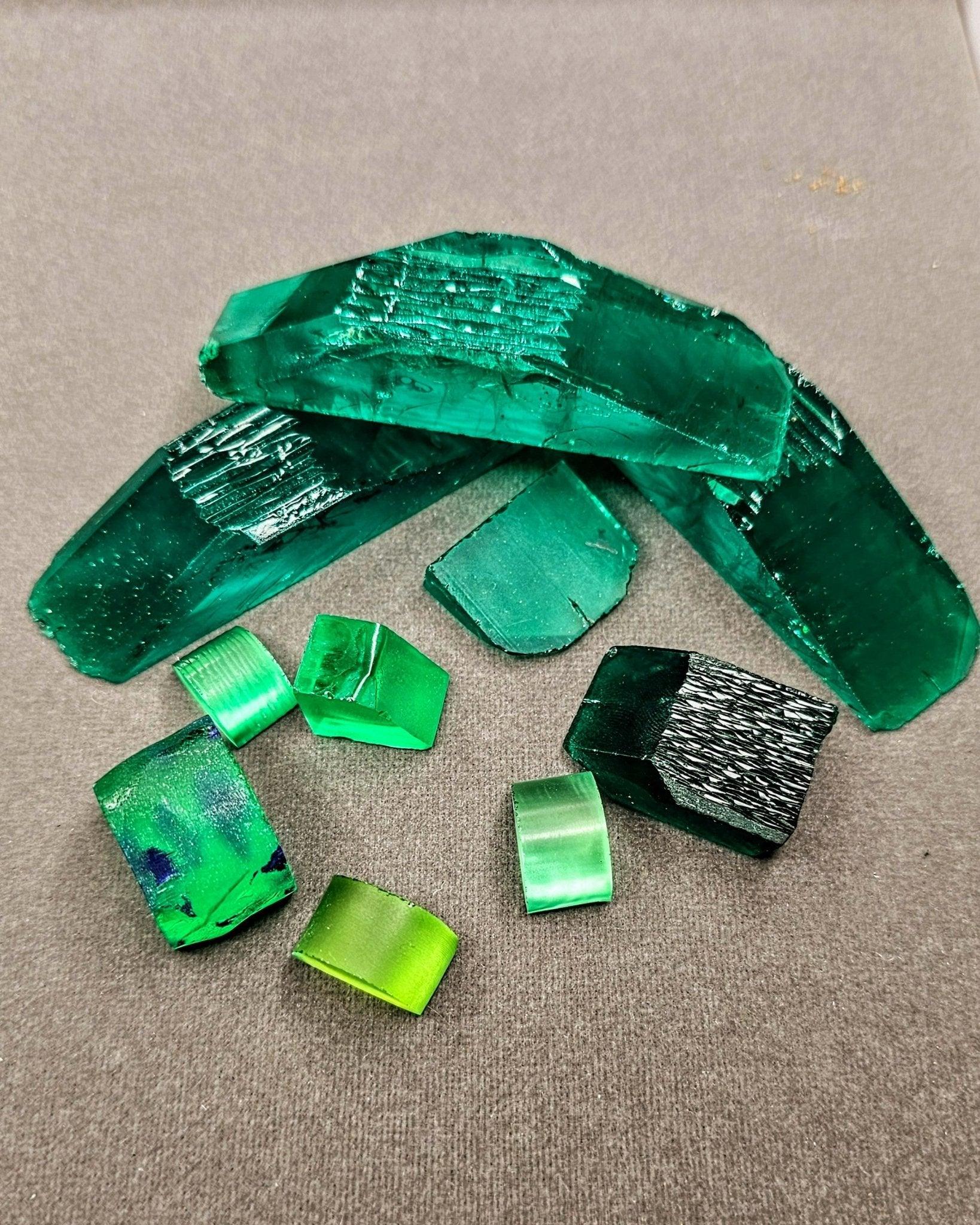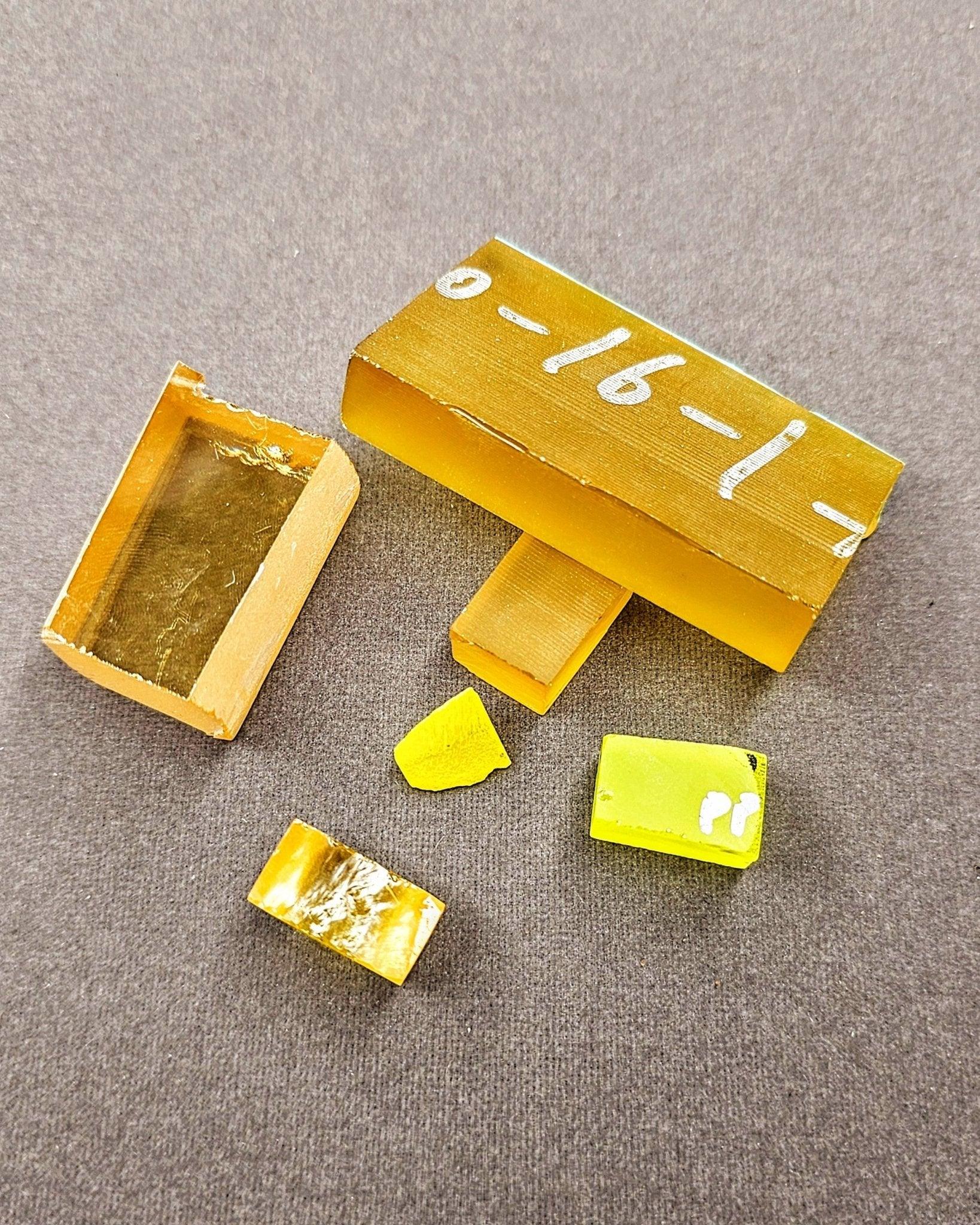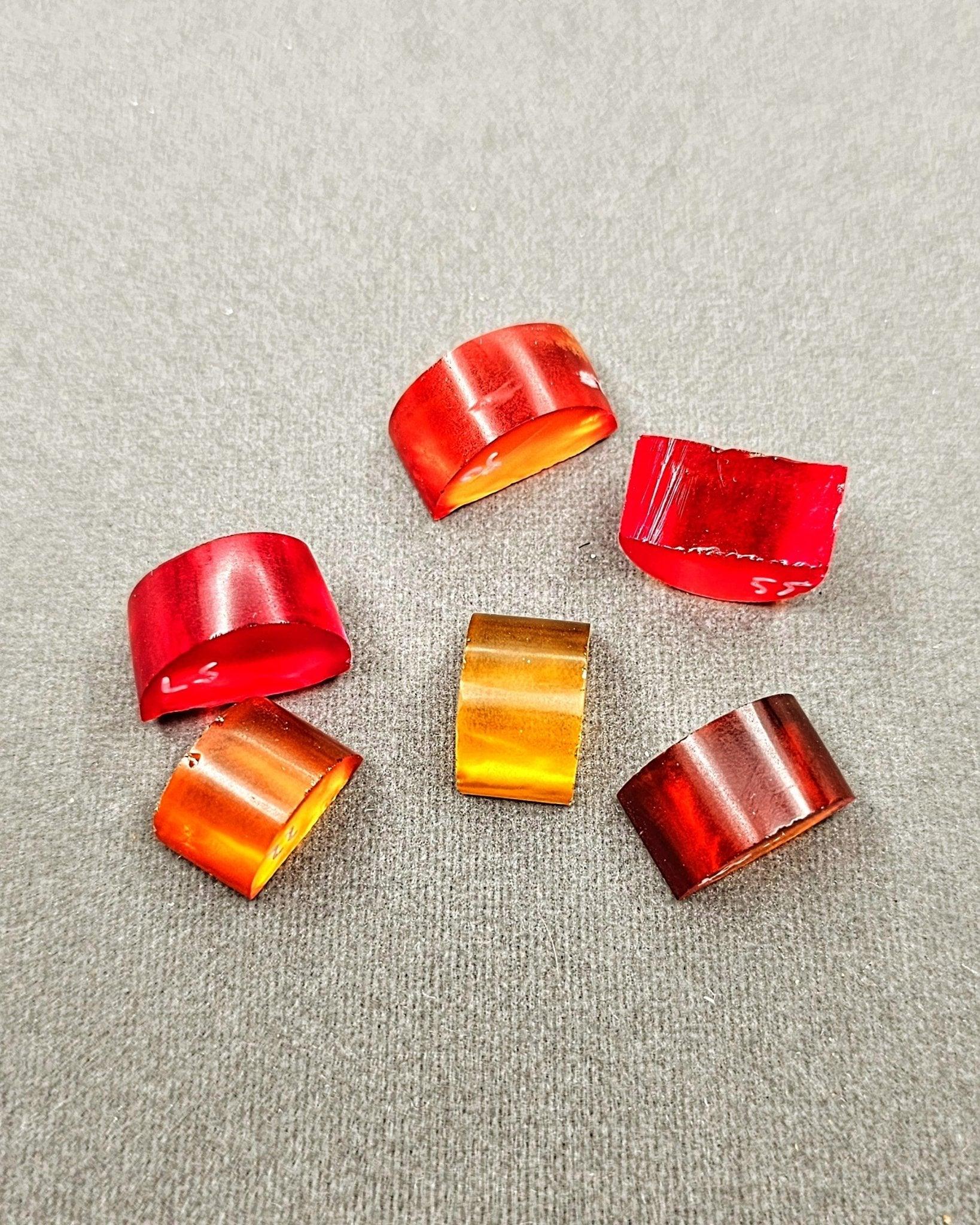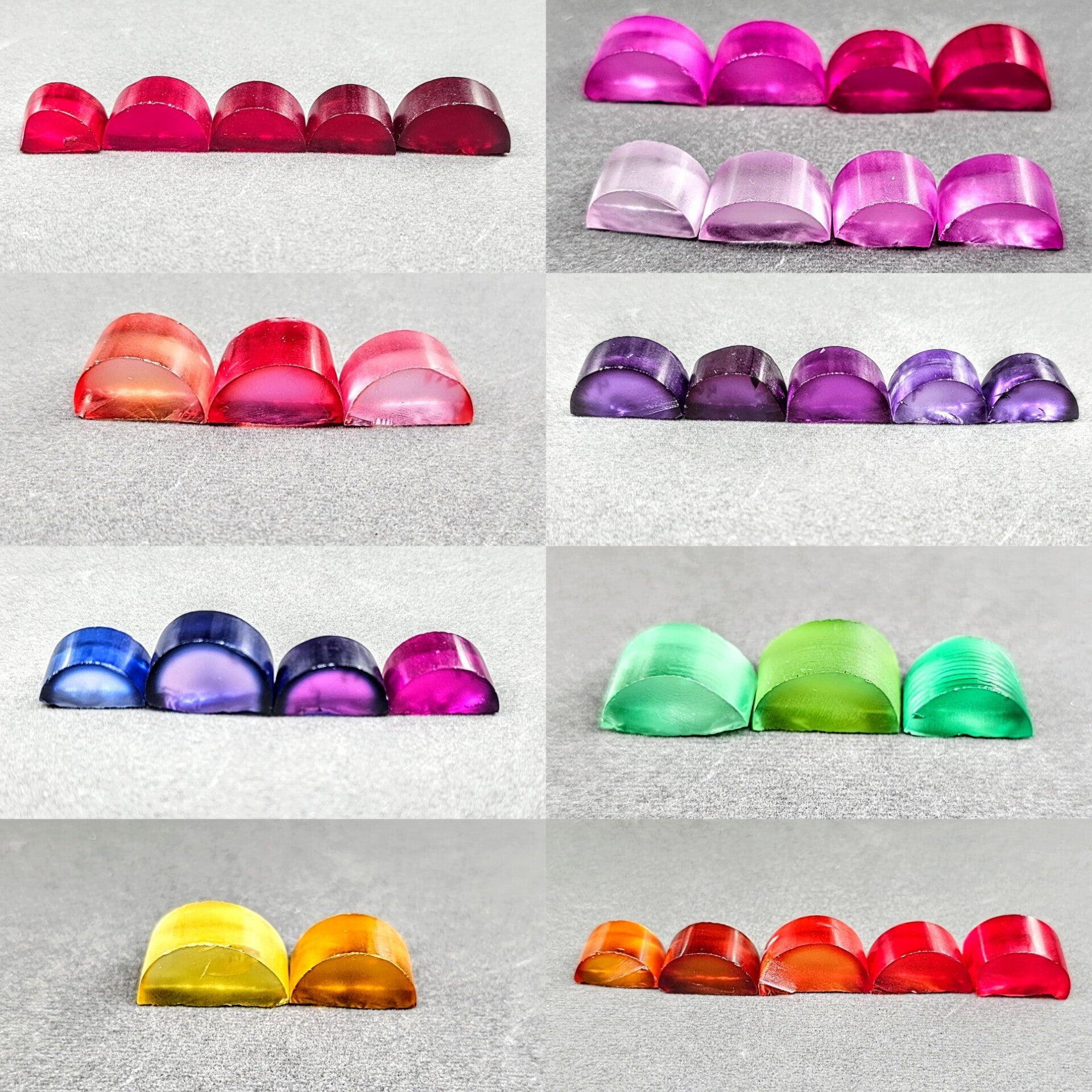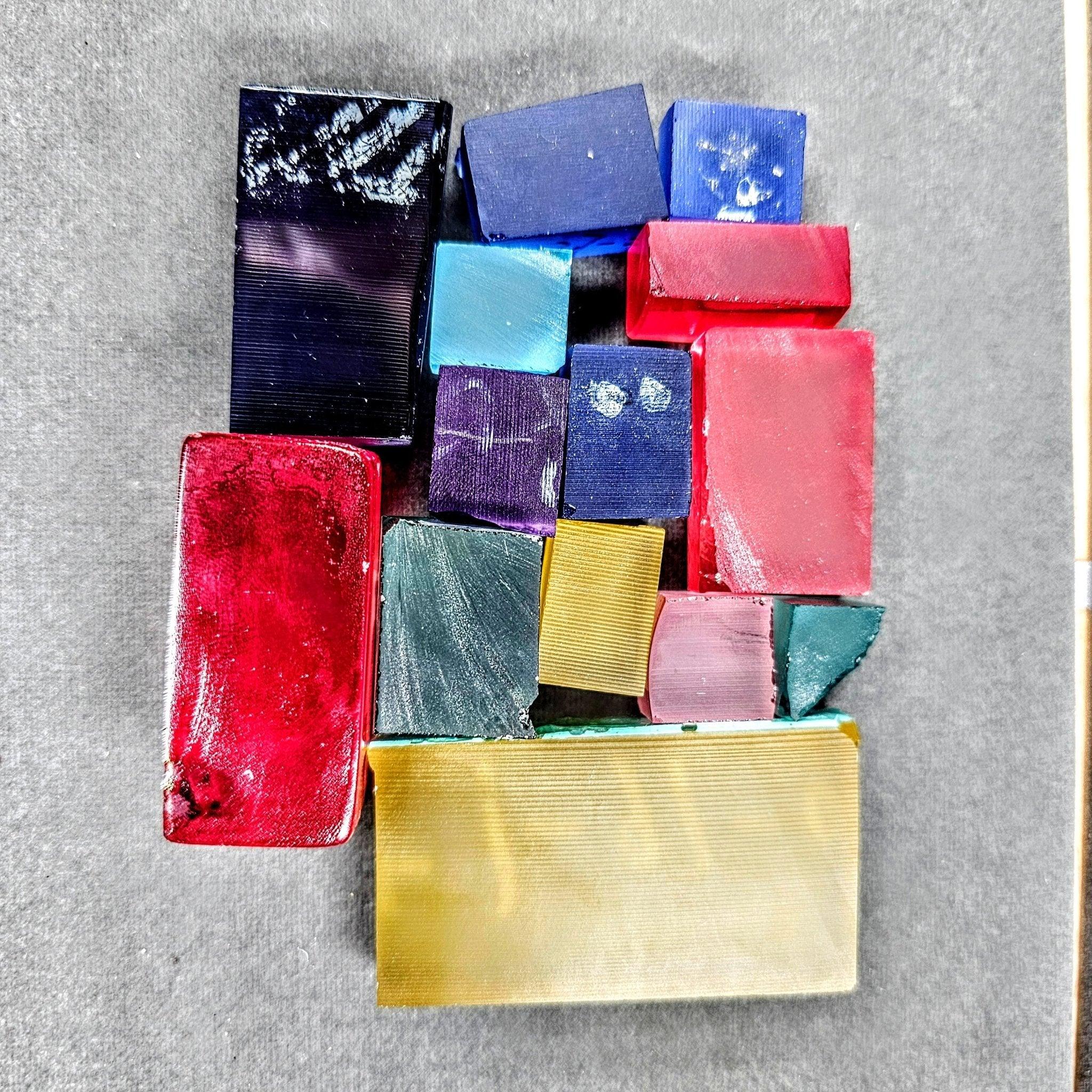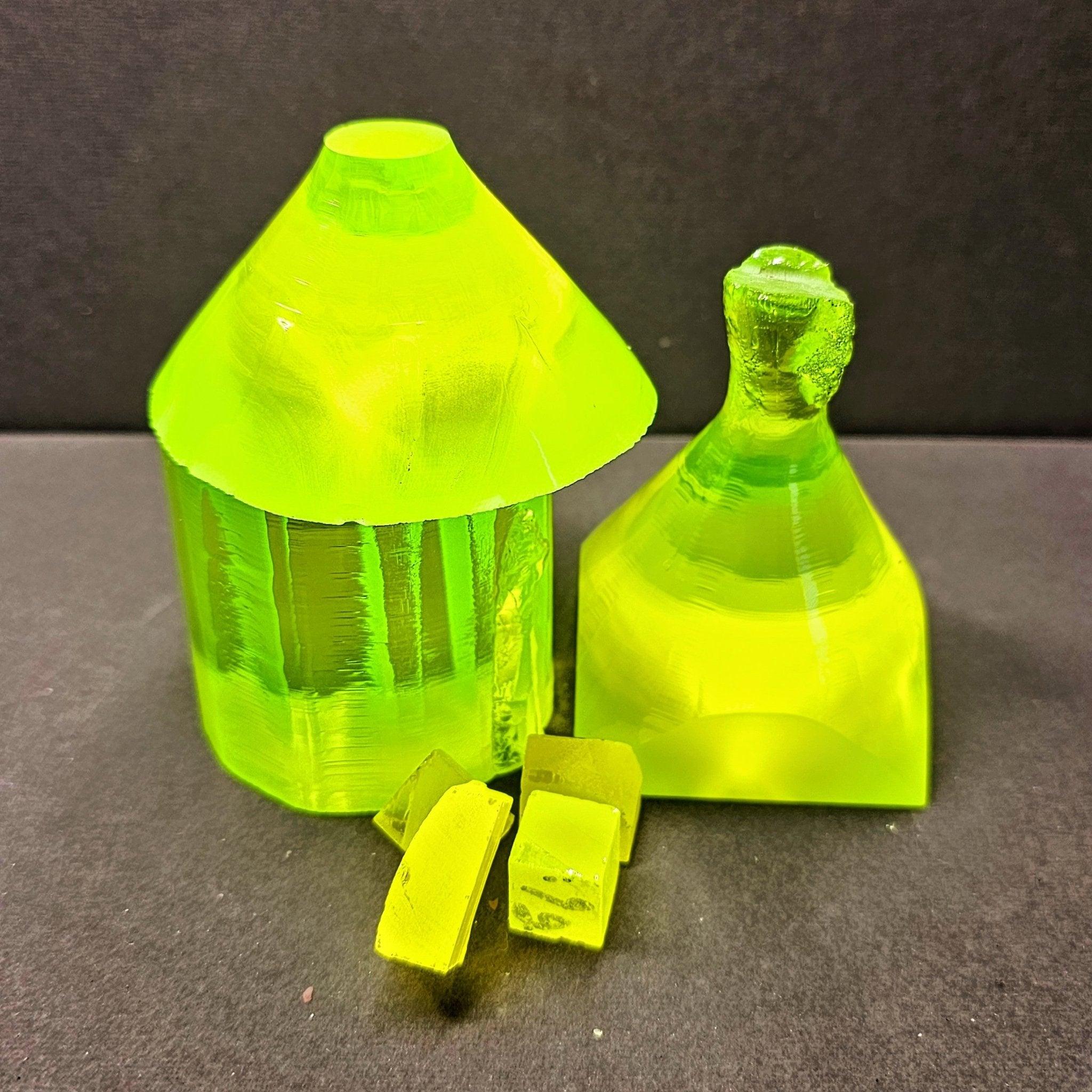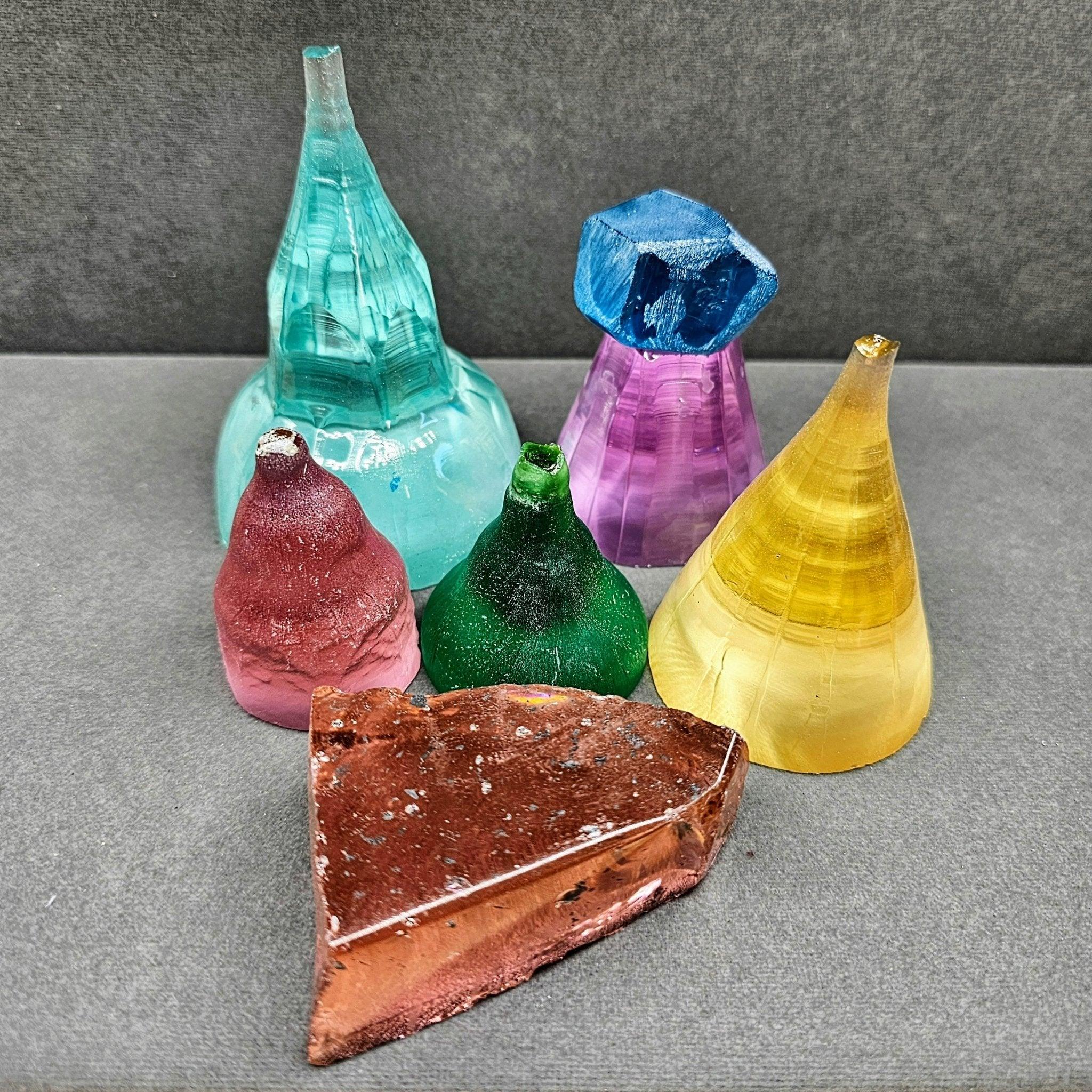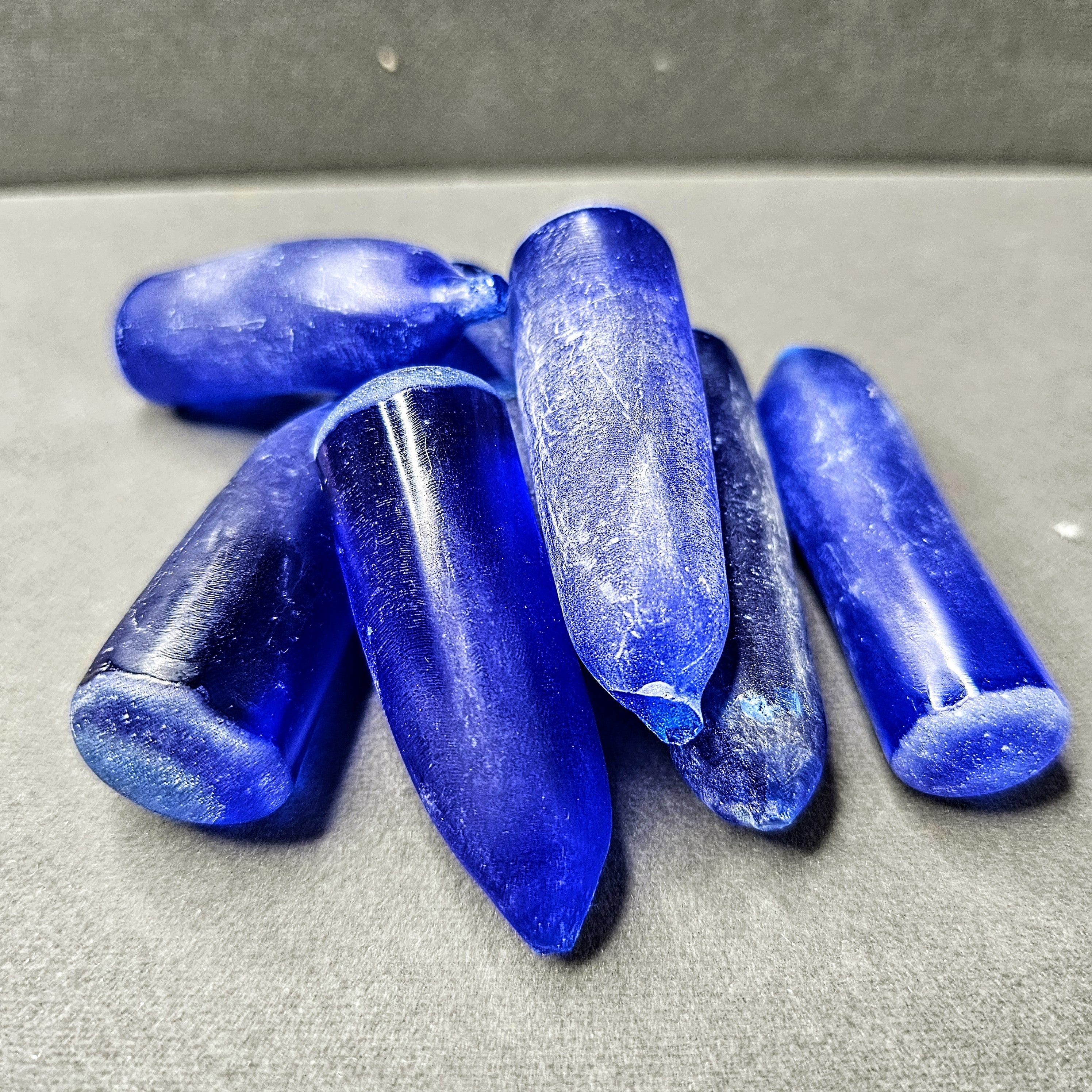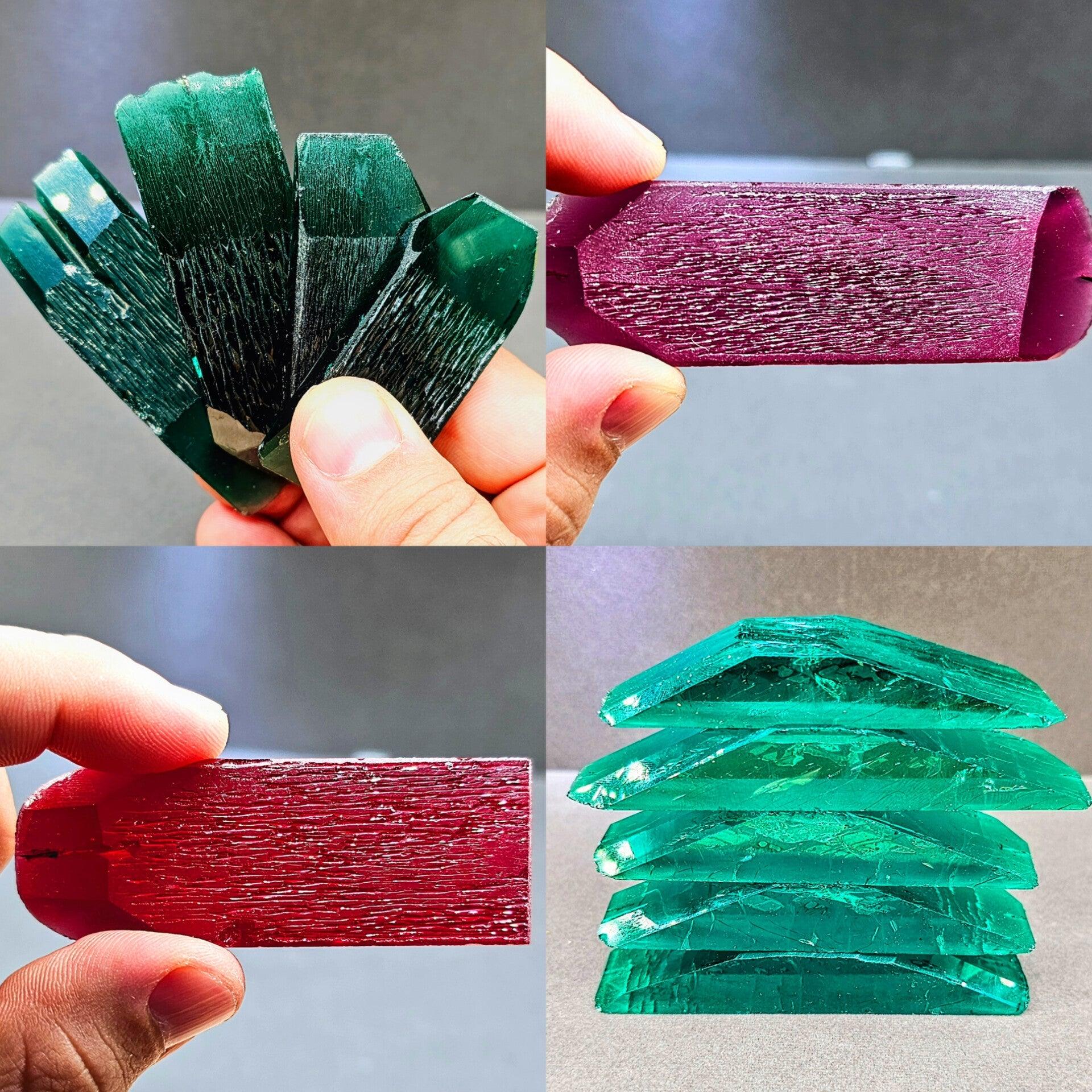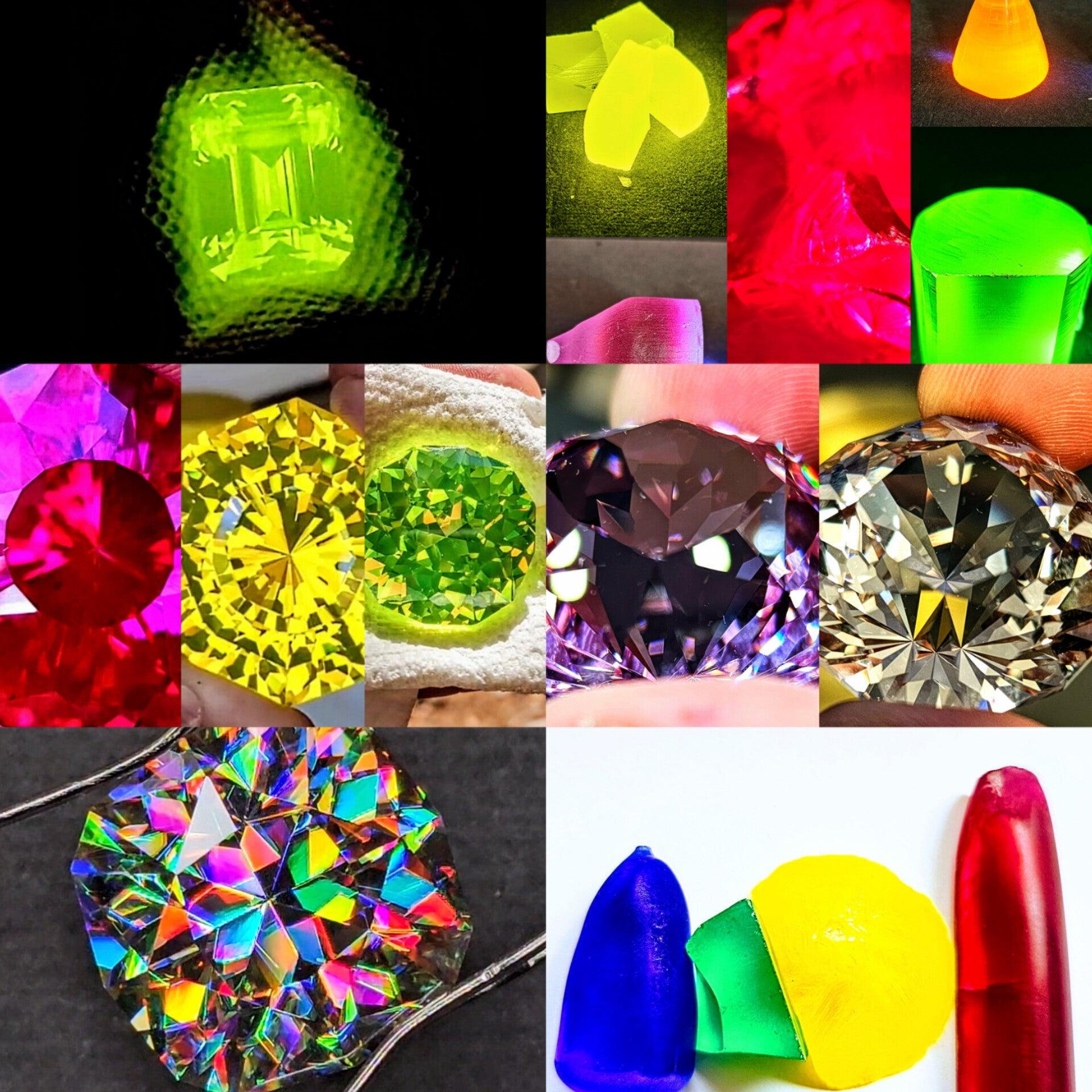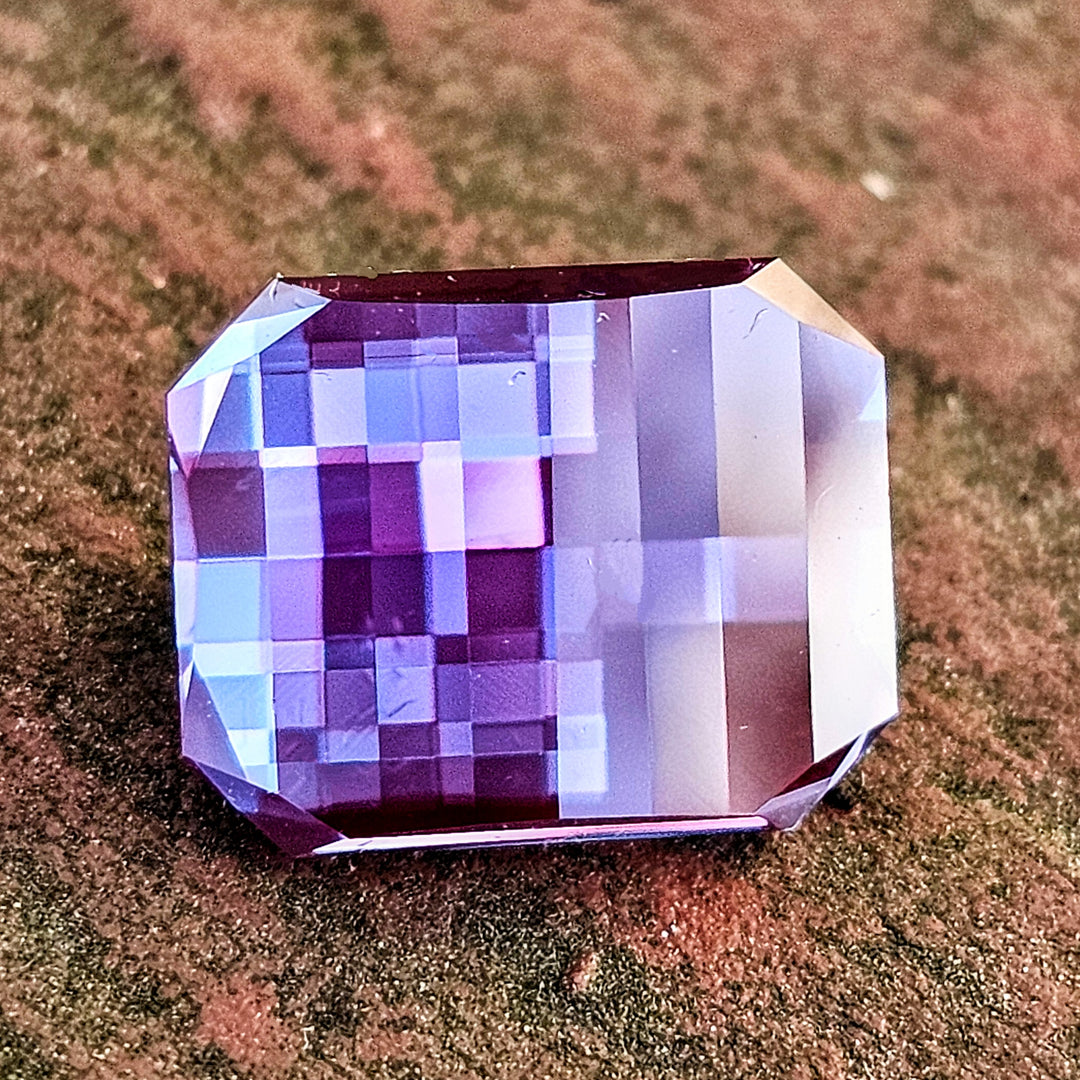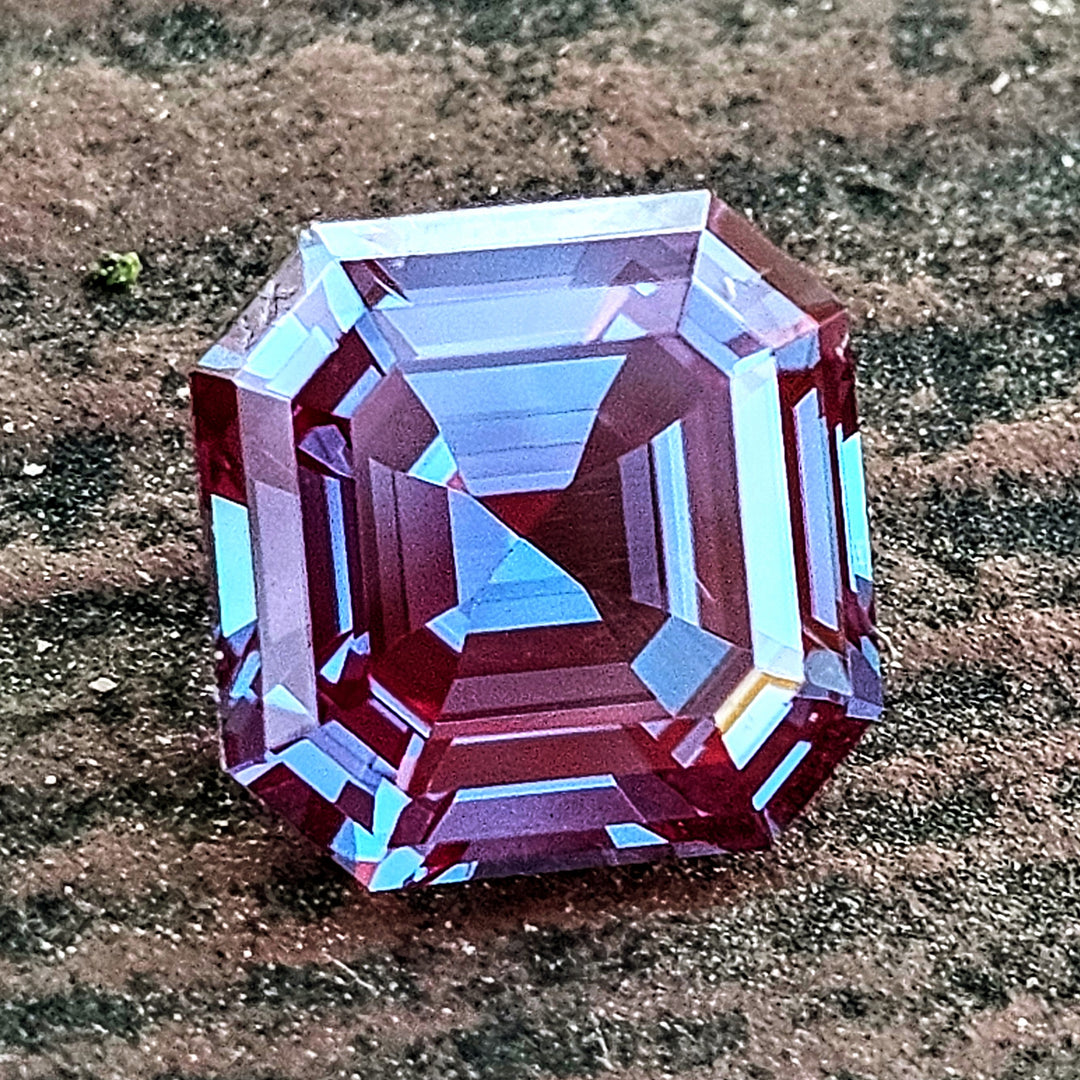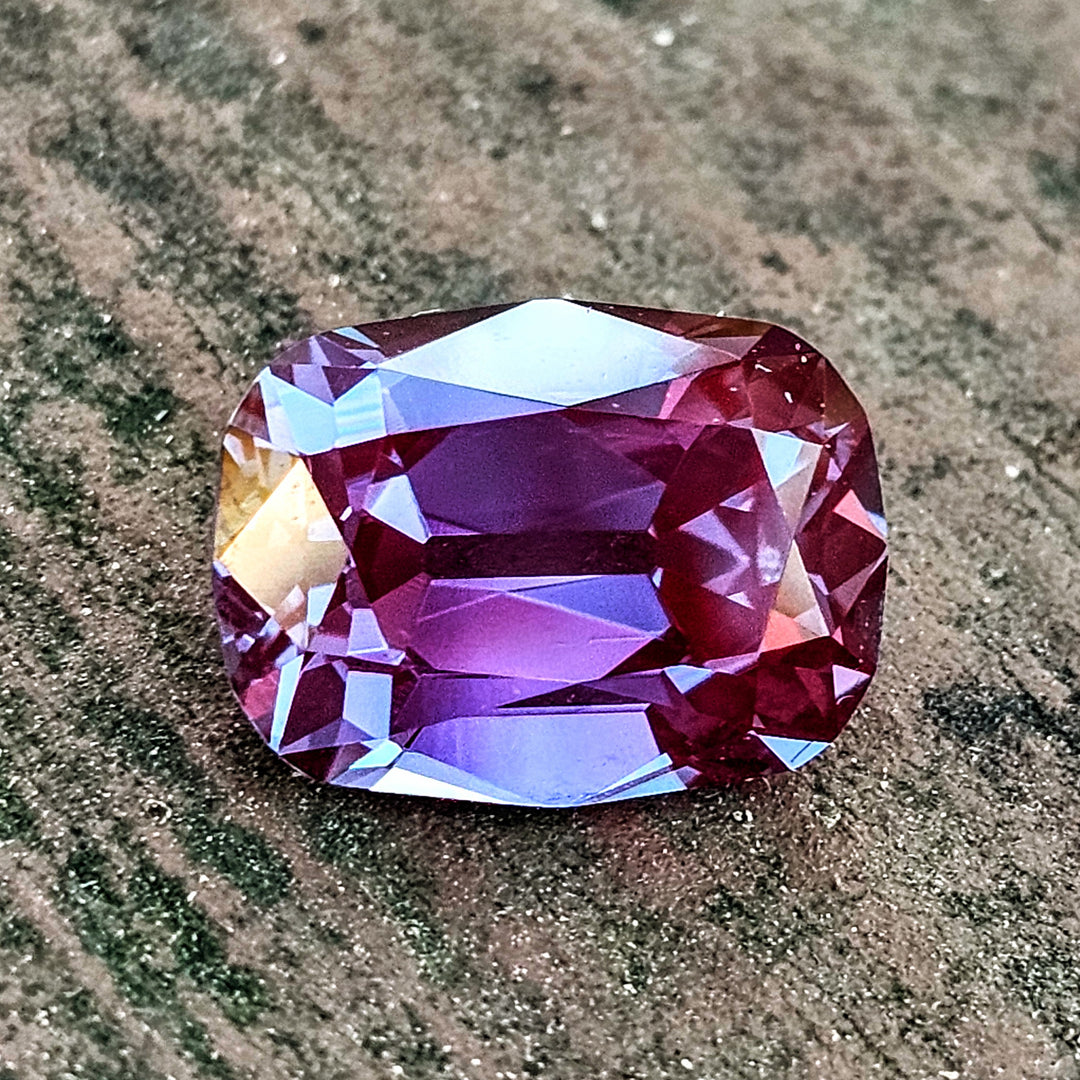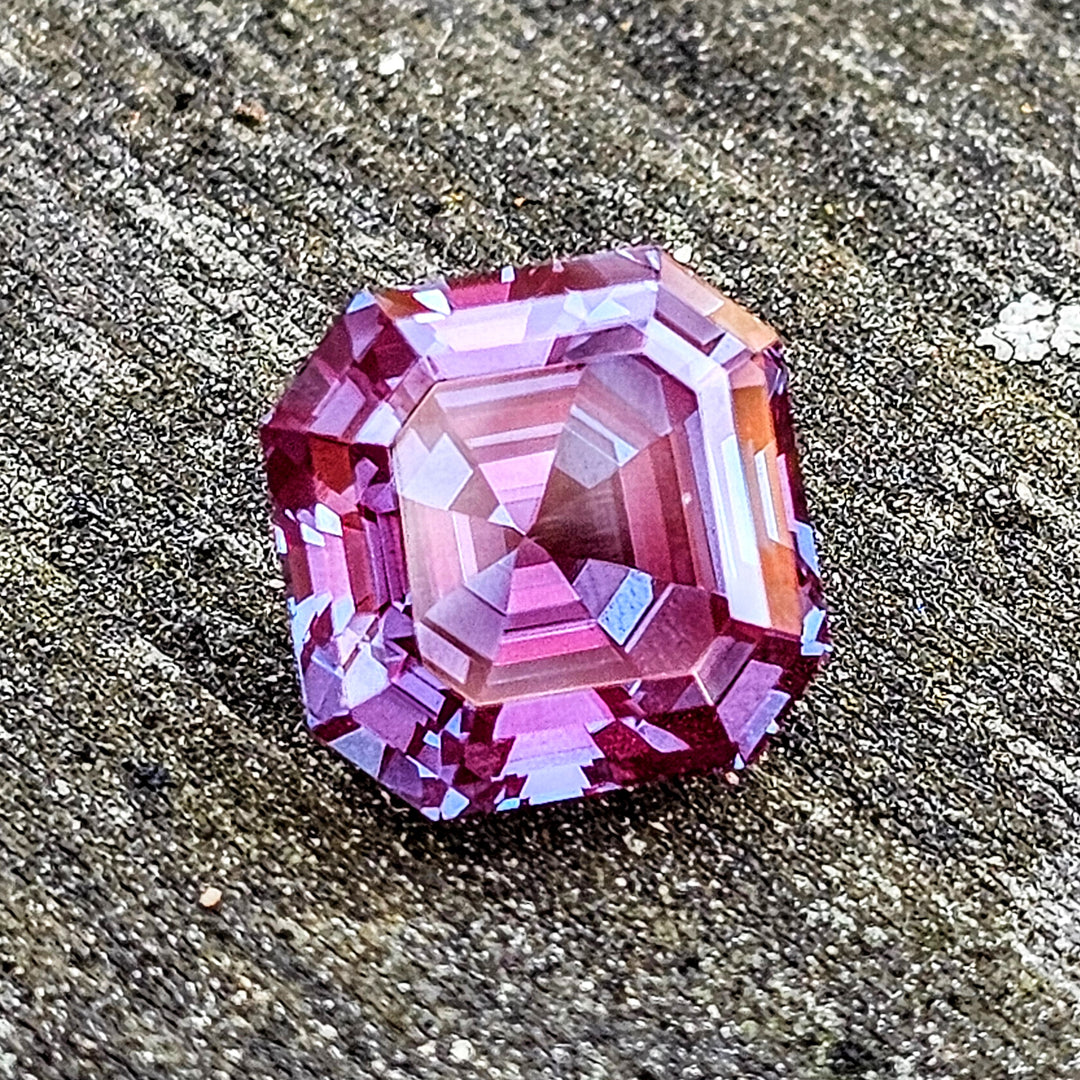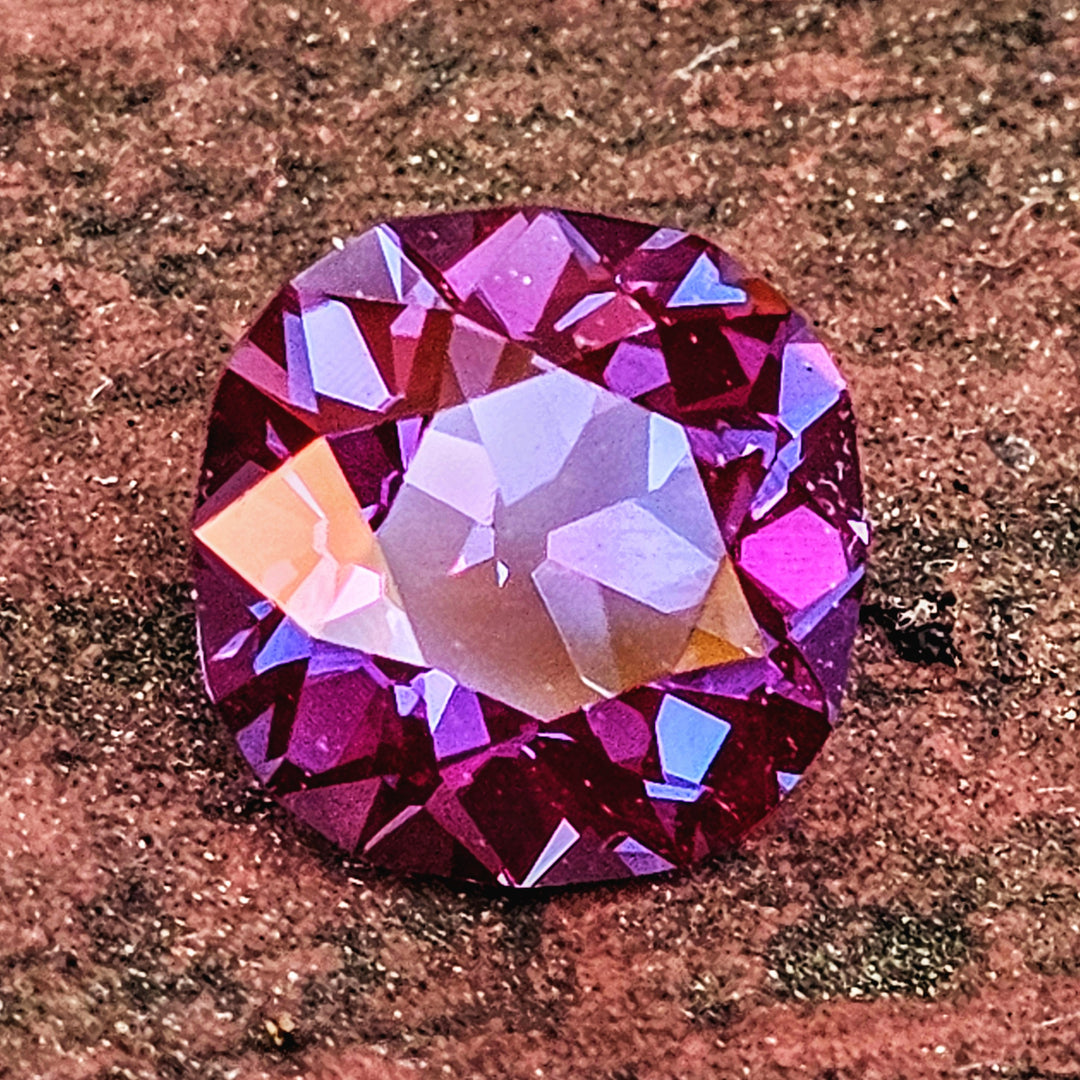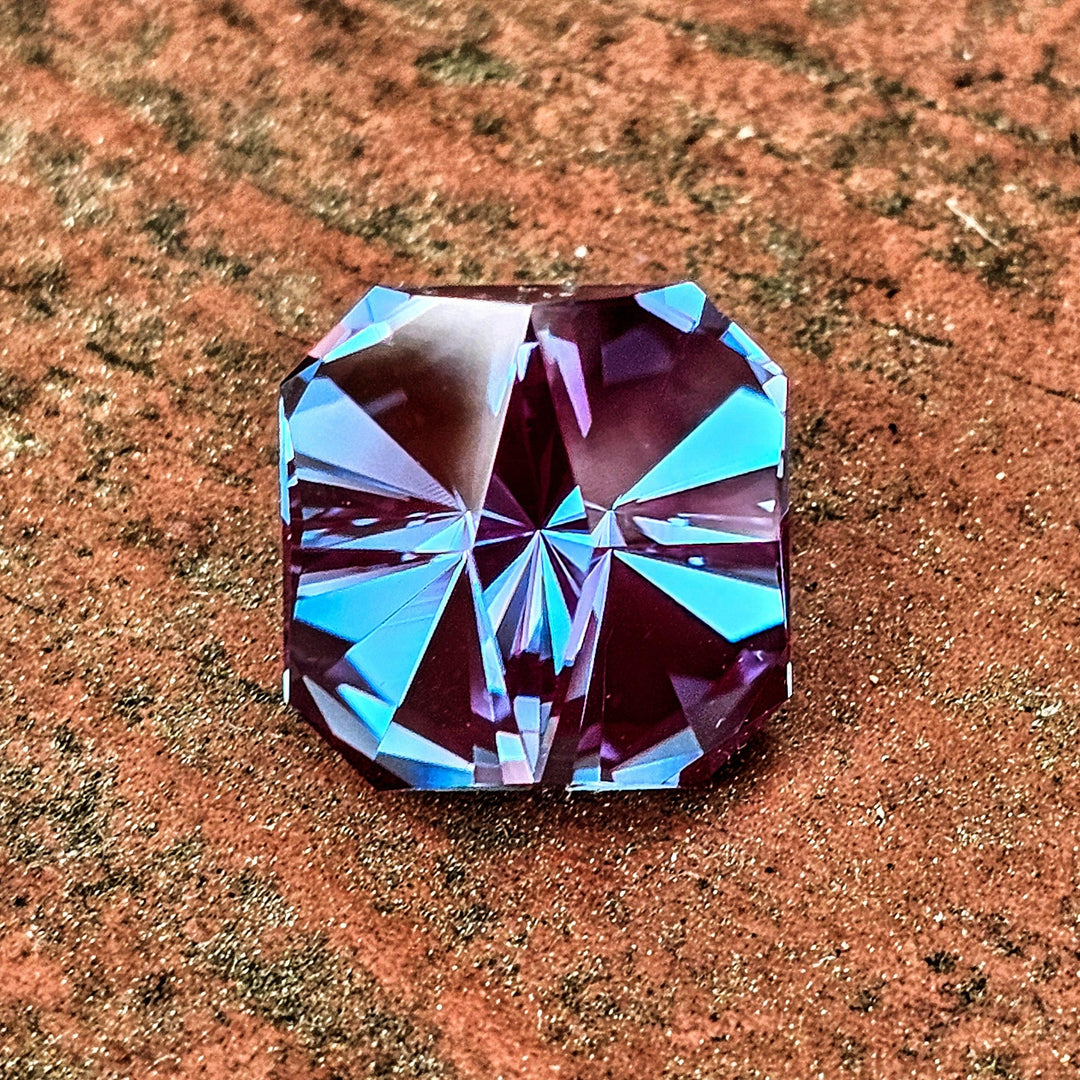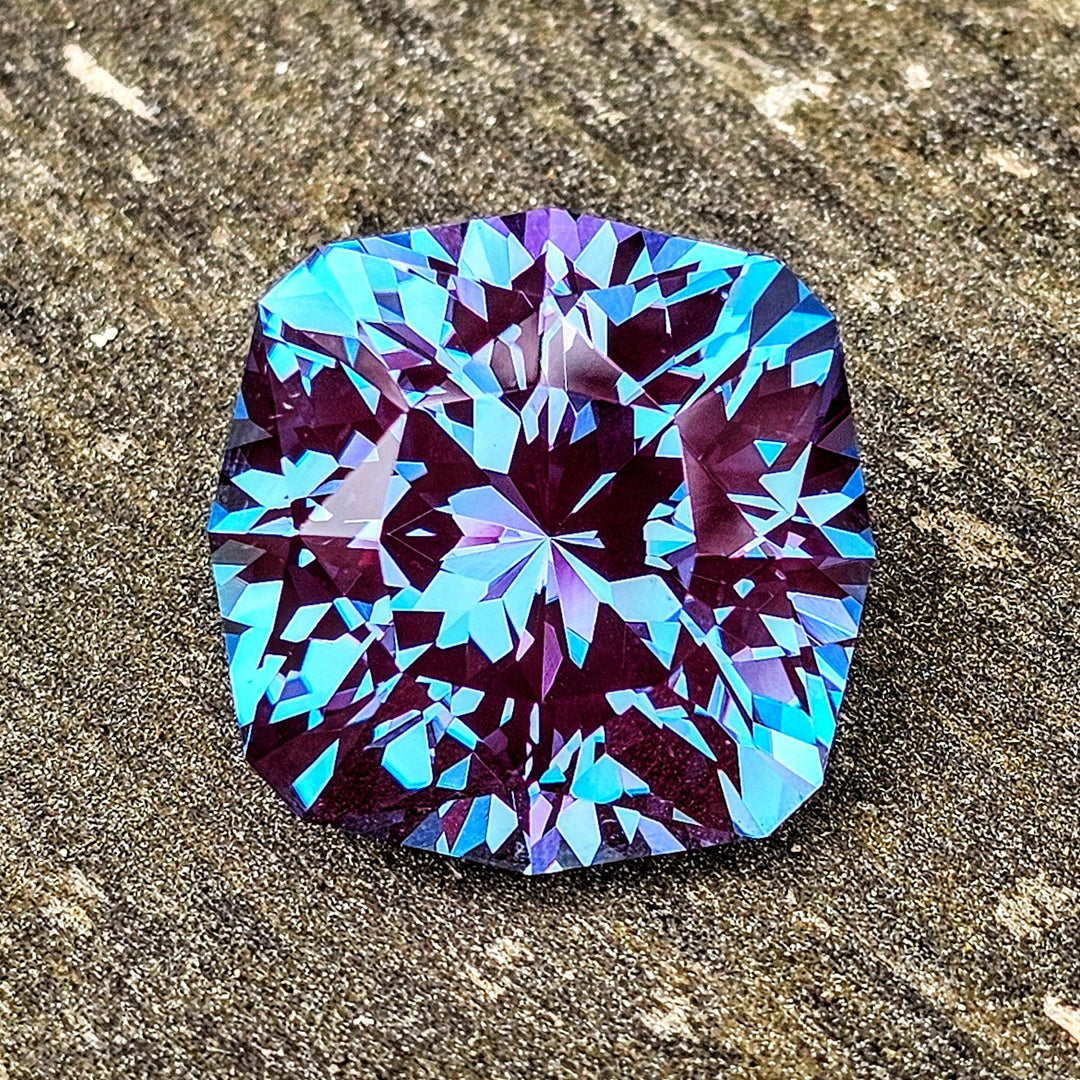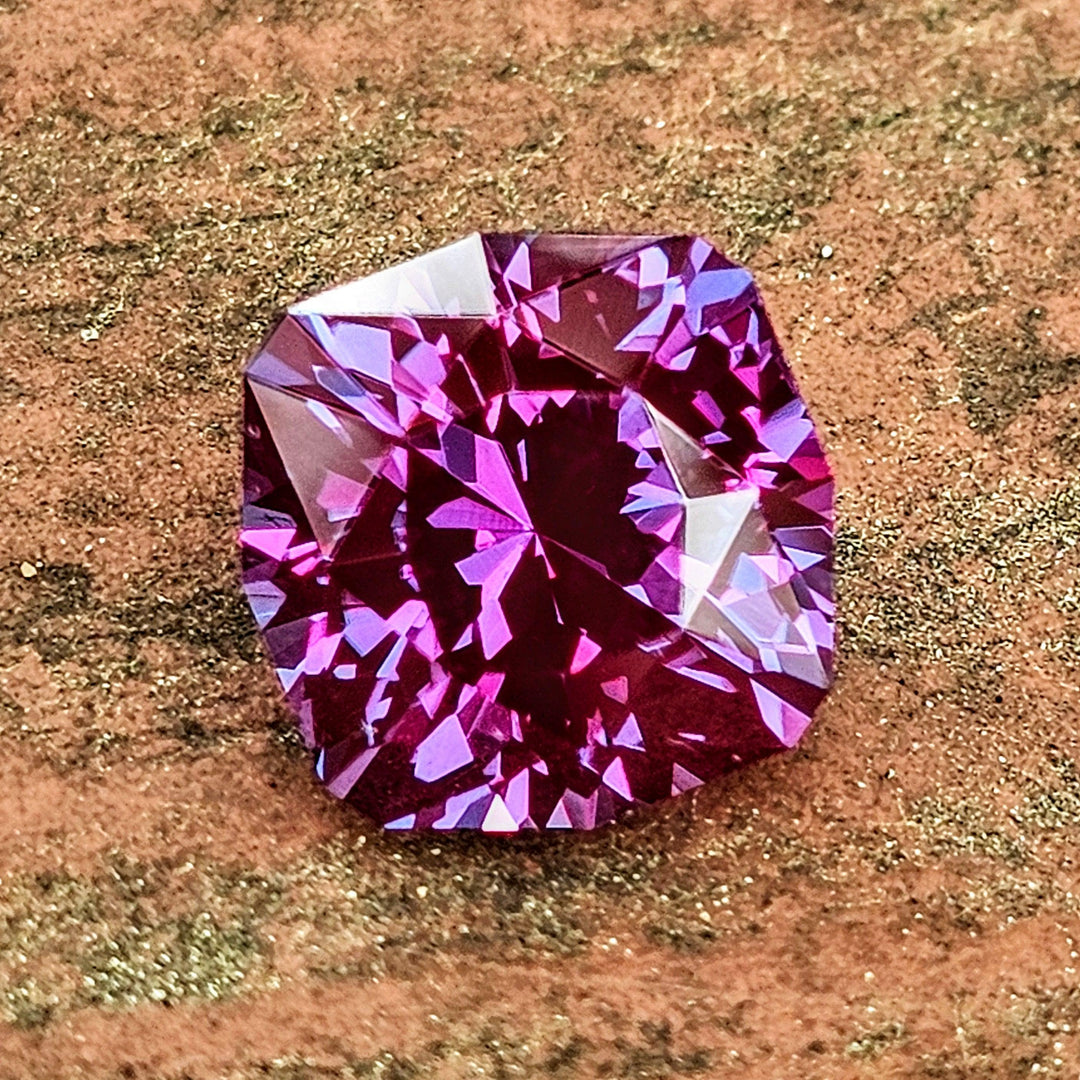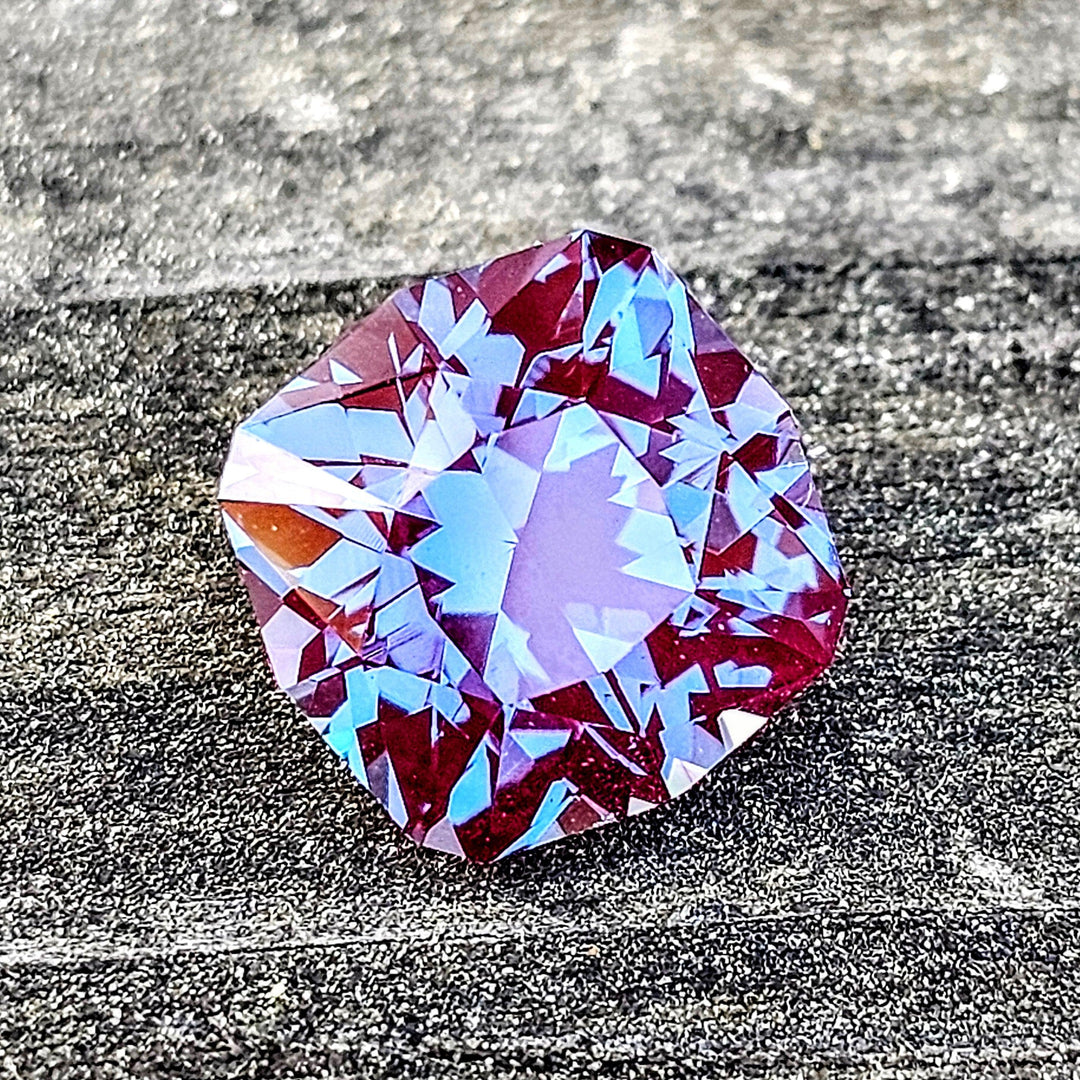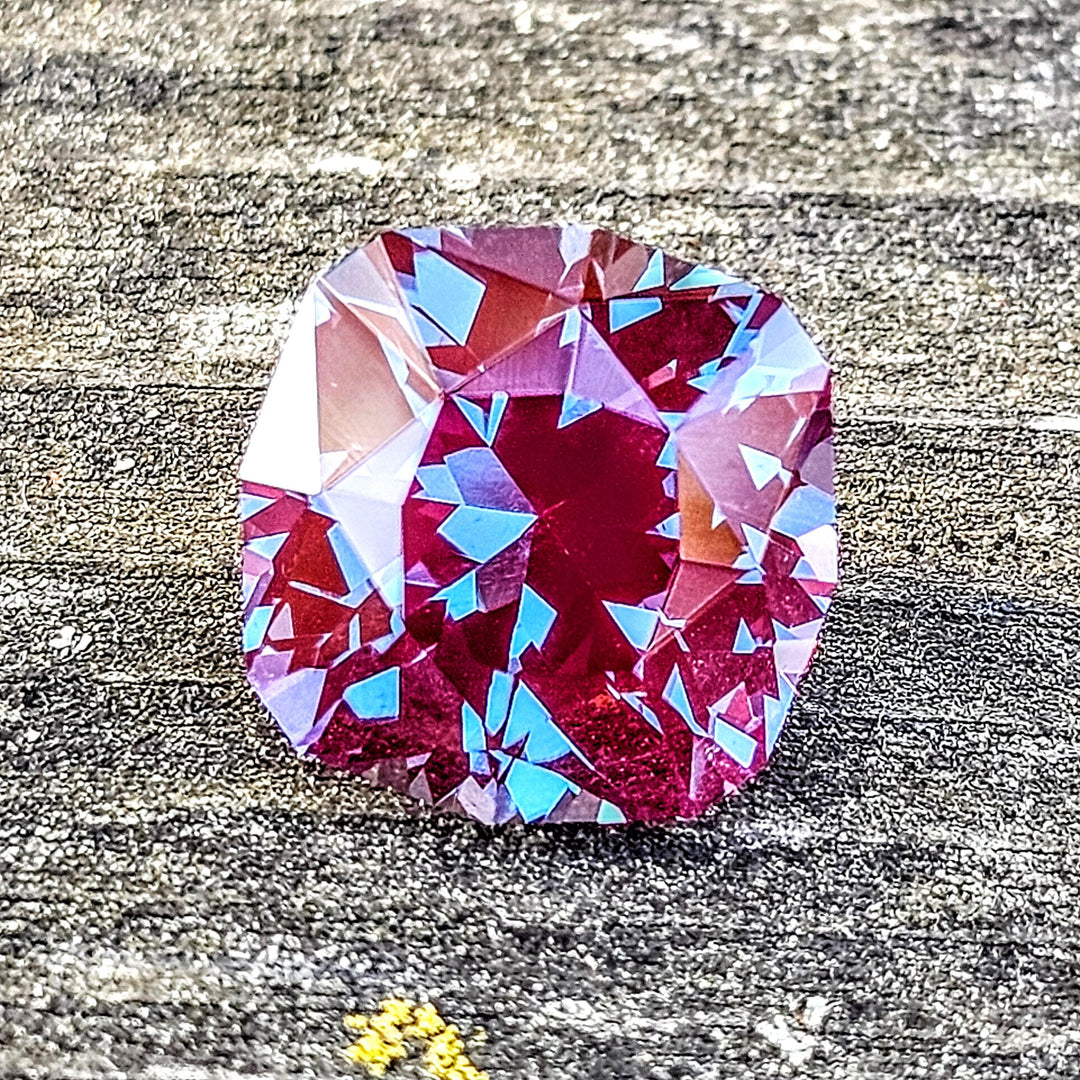Lab-grown alexandrite, a synthetic version of the rare gemstone known for its striking color-change phenomenon, has a rich history that dates back to the mid-20th century. Natural alexandrite, discovered in Russia’s Ural Mountains in 1830 and named after the then-future Tsar Alexander II, is prized for its unique optical properties, which allow it to change color based on the lighting conditions—from green in daylight to a purplish-red under incandescent light. Due to its rarity and the allure of its color-changing capability, there was significant interest in developing a synthetic version that could replicate these traits.
The breakthrough in synthesizing alexandrite came through the efforts of materials scientists using methods such as the flux-growth process and the hydrothermal method. These techniques allowed for the precise control over the environment in which the synthetic crystals grow, facilitating the incorporation of chromium into the crystal structure, which is essential for the characteristic color change. Since its development, lab-grown alexandrite has become a popular alternative to its natural counterpart in the gem trade, particularly in jewelry making. Its affordability and availability enable designers to use the stone in a variety of settings that highlight its dynamic color shift, making it especially favored in rings and pendants that can be observed under different lighting conditions.

